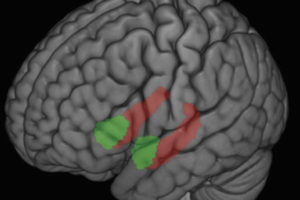Why are some people better equipped than others to deal with life’s ups and downs? What might give others a leg up when it comes to the ability to savor positive emotions or showcase awareness in social situations? These variations in how we respond to emotionally challenging events is known as “affective style”.
These questions, among others, have driven decades of our research, and science suggests that our emotional makeup not only influences our mental and physical health, but also can be shaped by intentional training. Yet accurately measuring different aspects of emotional style across people has remained a challenge.
A recent paper from Center for Healthy Minds scientists, published in the journal Psychological Assessment, introduces a new measure that captures people’s emotional style and shows promise as a valuable tool for research and clinical purposes.
The measure, inspired by the work of Center for Healthy Minds Founder and Director Richard Davidson featured in his 2012 book The Emotional Life of Your Brain, identifies six emotional dimensions that can be traced to specific brain circuits.
These dimensions make up a person’s emotional life, and include resilience (the ability to recover from negative emotion); outlook (the ability to sustain positive emotion over time); social intuition (attunement to non-verbal social cues); self-awareness (the ability to perceive bodily cues related to emotions); sensitivity to context (how our emotions and behavior take into account situational contexts); and attention (the ability to screen out distractions and stay focused). The questionnaire yields scores for each of these six dimensions, as well as an overall score of healthy emotionality, which is the average of the six dimensions.








